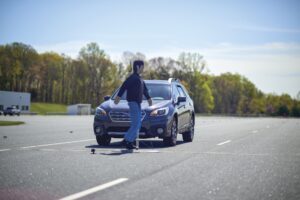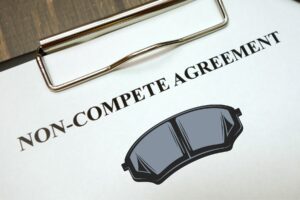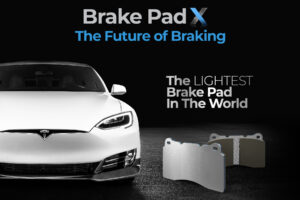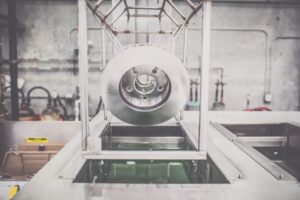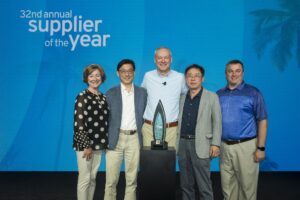Sign up for our weekly email to stay on top of the latest news and insights!
SAN FRANCISCO — The California owner of a 2021 Tesla Model 3 has initiated what he hopes develops into a class-action lawsuit alleging Tesla’s Autopilot feature can cause the car to unsafely and unexpectedly slow and/or brake for no apparent reason.
The suit cites numerous complaints of this to the National Highway Traffic Safety Administration (NHTSA), which in February announced it was opening an investigation into this alleged fault, and Tesla’s long-term knowledge of such issues without addressing them or letting potential buyers know of the condition.
As posted in The BRAKE Report Feb. 18, NHTSA’s Office of Defects Investigation (ODI) opened the investigation of Tesla Model 3 and Ys after receiving 354 complaints for “phantom braking.” The investigation covers 416,000 vehicles.
According to the ODI report in February, “The complaints allege that while utilizing the ADAS features including adaptive cruise control, the vehicle unexpectedly applies its brakes while driving at highway speeds. Complainants report that the rapid deceleration can occur without warning, at random, and often repeatedly in a single drive cycle.”
The vehicles in question have a variety of advanced driver-assistance systems (ADAS), including automatic-emergency braking (AEB) and Autopilot.
According to Jose Alvarez Toledo, the plaintiff in the suit filed Aug. 29th in the Northern California U.S. District Court, Tesla rushed to market unsafe technology.
“The problem is that Tesla is rushing these features to market when the technology is not yet ready and not yet safe. That is what this case is about. Tesla’s Autopilot and AEB Systems have a defect that causes the Class Vehicles’ brakes to falsely engage randomly and unexpectedly (the “Sudden Unintended Braking Defect” or the “Defect”). The Sudden Unintended Braking Defect causes the Class Vehicles to detect non-existent obstacles, thereby automatically triggering the brakes and causing the Class Vehicles to abruptly slow down or come to a complete stop, sometimes in the middle of traffic. Simply put, as a result of the Defect, the Autopilot and AEB systems at issue here are a safety hazard, not a safety feature.”
Overall, the suit claims Tesla hid safety issues associated with its ADAS/Autopilot, unfairly profited from them and violated its warranties.
The plaintiff is seeking both compensatory and punitive damages for:
- Expenses to repair vehicles damaged in collisions caused by the “faulty” systems
- Compensation for diminished value of impacted vehicles
- Refunds for the cost of Autopilot
Sign up for our weekly email to stay on top of the latest news and insights!
Tesla has faced similar issues in other markets, including losing a similar suit in Germany earlier this year as well as calls from U.S. lawmakers who have criticized the EV maker.
Tesla could not be reached for comment on this suit.



